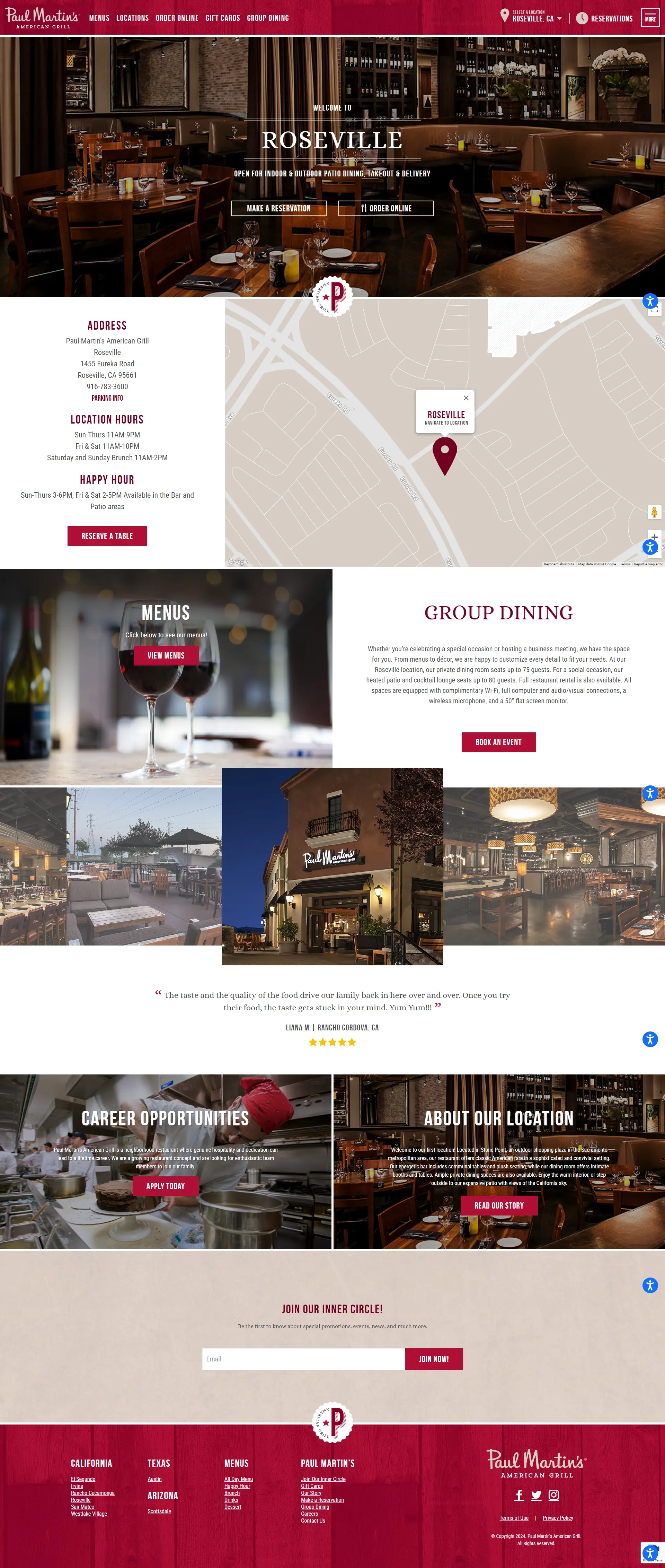Artificial intelligence (AI) is no longer science fiction. It’s a present-day reality that’s rapidly integrating into our daily lives. From virtual assistants to self-driving cars, AI is transforming industries and reshaping the way we interact with technology. But who is embracing this technological revolution? Let’s delve into the demographics of AI usage.
The Rise of AI Adoption
The adoption of AI has been steadily increasing across various age groups and demographics. Recent studies show that:
- Millennials and Gen Z: These generations have grown up with technology and are more likely to embrace AI. They are comfortable using AI-powered tools for tasks like online shopping, streaming services, and social media.
- Older Adults: While initially less familiar with technology, older adults are increasingly adopting AI. They are finding AI helpful for tasks like managing their finances, staying connected with loved ones, and accessing healthcare information.
- Professionals: AI is becoming an essential tool for professionals in various fields. From marketers
and designers to engineers and scientists, AI is being used to streamline workflows, improve efficiency, and drive innovation. - Businesses: Companies of all sizes are recognizing the potential of AI to improve their operations and gain a competitive edge. AI is being used for tasks such as customer service, data analysis, and product development.
Factors Driving AI Adoption
Several factors are contributing to the widespread adoption of AI:
- Accessibility: AI-powered tools and services are becoming increasingly accessible and affordable, making them available to a wider audience.
- Ease of Use: AI technology is designed to be user-friendly, making it easy for people of all ages and technical abilities to use.
- Benefits: AI offers numerous benefits, including increased efficiency, improved decision-making, and enhanced customer experiences.
- Cultural Shifts: As society becomes more tech-savvy, there is a growing acceptance and even expectation of AI in our daily lives.
Frequently Asked Questions About AI (Artificial Intelligence
The PAA feature can help with content ideation by providing insights into common user queries.
The PAA feature is a valuable tool for content ideation, as it offers insights into the questions and topics that users frequently search for. By analyzing the questions that appear in PAA boxes, content creators can identify gaps in their existing content and generate ideas for new topics. This approach ensures that the content is relevant and addresses the needs and interests of the target audience. Additionally, creating content that answers common PAA questions can increase the likelihood of being featured in the PAA box, further boosting visibility and engagement.
To optimize content for the PAA box, focus on answering common questions clearly and concisely.
Optimizing content for the PAA box involves several key strategies. First, identify common questions related to your topic using keyword research tools and analyzing existing PAA boxes. Create content that directly answers these questions in a clear and concise manner. Use structured data markup, such as FAQ schema, to help search engines understand your content better. Additionally, ensure your content is well-organized with headings and subheadings, making it easy for Google to extract relevant information. Regularly update your content to keep it fresh and relevant, and monitor its performance to make necessary adjustments.
The “People Also Ask” feature works by displaying related questions and answers based on the user’s query.
The “People Also Ask” feature operates by analyzing the user’s query and generating a list of related questions that other users have frequently searched for. Each question can be expanded to reveal a concise answer, typically extracted from authoritative web pages. The PAA box dynamically updates as users interact with it, providing a continuous flow of relevant information. This feature leverages Google’s advanced algorithms to understand user intent and deliver the most pertinent results.
The PAA feature enhances user experience by providing quick answers and encouraging further exploration.
The PAA feature significantly enhances user experience by offering quick and relevant answers to users’ queries directly in the search results. This reduces the need for users to click through multiple search results to find the information they need. Additionally, the PAA box encourages further exploration by presenting related questions and topics, keeping users engaged and increasing the time spent on websites. By providing a seamless and efficient search experience, the PAA feature helps users find the information they need quickly and easily.
Voice search impacts SEO in 2024 by emphasizing natural language queries and long-tail keywords.
Voice search is becoming increasingly popular, and its impact on SEO in 2024 is significant. Users tend to use natural language and longer phrases when using voice search, so optimizing for long-tail keywords and conversational queries is essential. This means creating content that answers common questions directly and concisely. Additionally, focus on local SEO, as many voice searches are location-based, such as “near me” queries. Ensure your business information is accurate and up-to-date on Google My Business and other local directories. Structured data can also help search engines understand your content better and improve your chances of appearing in voice search results. By adapting your SEO strategy to accommodate voice search, you can reach a broader audience and improve your site’s visibility.
The PAA box appears in approximately 85% of search results.
The PAA box has become a common feature in search engine results pages, appearing in approximately 85% of search results according to a study by Moz. This widespread presence highlights the importance of optimizing content to appear in PAA boxes. The frequency of PAA box appearances varies depending on the search query and the availability of relevant questions and answers. By understanding the prevalence of PAA boxes, content creators can better strategize their SEO efforts to take advantage of this feature.
The PAA feature is used in various fields, including comedy sketches, educational content, and market research.
While the primary purpose of the PAA feature is to enhance search results, its applications extend beyond traditional SEO. For example, comedians and content creators have leveraged the PAA feature to create humorous sketches by exploring the bizarre and unexpected questions that appear in PAA boxes. Educators and online learning platforms use PAA boxes to identify common questions and create targeted educational content. Businesses use PAA boxes for market research, gaining insights into customer interests and pain points. Content creators also use PAA boxes as a source of inspiration for new topics, ensuring their content remains relevant and engaging.
Appearing in the PAA box increases visibility, drives traffic, and enhances credibility.
There are several benefits to appearing in the PAA box. Firstly, it increases the visibility of your content, as PAA boxes are prominently displayed in search results. This can lead to higher click-through rates and more organic traffic to your website. Secondly, being featured in the PAA box enhances your credibility, as it signals to users and search engines that your content is authoritative and relevant. Additionally, it provides an opportunity to capture a broader audience by addressing related questions and topics. Overall, appearing in the PAA box can significantly boost your SEO performance and online presence.
The best SEO practices for 2024 include optimizing for mobile, using structured data, and focusing on user intent.
In 2024, the best SEO practices revolve around understanding and meeting user intent. This means creating content that directly answers users’ questions and provides value. Mobile optimization is critical, as more users access the internet via mobile devices. Ensure your website is responsive and offers a seamless experience across all devices. Using structured data, such as schema markup, helps search engines understand your content and can improve your chances of appearing in rich snippets. Additionally, focus on building high-quality backlinks from reputable sources to boost your site’s authority. Regularly update your content to keep it fresh and relevant, and use analytics tools to track your performance and make data-driven decisions.
The latest SEO trends for 2024 include AI-driven content, voice search optimization, and enhanced user experience.
In 2024, SEO trends are heavily influenced by advancements in technology and changes in user behavior. AI-driven content is becoming more prevalent, with tools like GPT-4 helping to generate high-quality, relevant content that meets user intent. Voice search optimization is also crucial, as more users rely on voice assistants like Siri and Alexa to find information. This means optimizing for natural language queries and long-tail keywords. Additionally, enhancing user experience (UX) is vital, with a focus on fast-loading, mobile-friendly websites that provide a seamless browsing experience. Core Web Vitals, which measure aspects like loading speed, interactivity, and visual stability, are key metrics to monitor and improve.
Schema markup is structured data that helps search engines understand your content better. It can improve search visibility and result in rich snippets.
The Google PAA (People Also Ask) feature provides users with related questions and answers in search results.
The Google PAA (People Also Ask) feature, introduced in 2015, is designed to enhance user experience by displaying a list of related questions and answers directly in the search engine results pages (SERPs). When a user clicks on a question, it expands to reveal a brief answer, often sourced from high-ranking web pages. This feature helps users find relevant information quickly and encourages further exploration of related topics.
AI plays a crucial role in SEO for 2024 by enhancing content creation, personalization, and data analysis.
Artificial intelligence (AI) is transforming SEO in 2024 by providing advanced tools and techniques for content creation, personalization, and data analysis. AI-powered content generation tools, like GPT-4, can help create high-quality, relevant content that meets user intent. Personalization is another key area where AI excels, allowing marketers to deliver tailored experiences based on user behavior and preferences. AI can analyze vast amounts of data to identify trends, optimize keywords, and improve overall SEO strategies. Additionally, AI-driven chatbots and virtual assistants can enhance user experience by providing instant support and information. By leveraging AI in your SEO strategy, you can stay ahead of the competition and deliver a more personalized and effective user experience.
The PAA feature plays a crucial role in market research by providing insights into customer interests and pain points.
The PAA feature is a valuable tool for market research, as it offers insights into the questions and topics that users frequently search for. By analyzing the questions that appear in PAA boxes, businesses can gain a better understanding of customer interests, pain points, and needs. This information can inform product development, marketing strategies, and customer service improvements. Additionally, businesses can use PAA insights to create targeted content that addresses customer queries and positions their brand as a trusted authority in their industry. Overall, the PAA feature provides valuable data that can drive informed decision-making and enhance business strategies.
The PAA feature is important for SEO because it increases visibility and drives traffic to websites.
The PAA feature plays a crucial role in SEO by enhancing the visibility of websites featured in the PAA box. When a website’s content is selected to answer a PAA question, it gains increased exposure and credibility. This can lead to higher click-through rates and more organic traffic. Additionally, appearing in the PAA box can improve a website’s overall search ranking, as it signals to Google that the content is relevant and authoritative. Optimizing content to appear in PAA boxes is a valuable strategy for boosting SEO performance.
The Future of AI – Don’t Get Left Behind
The future of AI is bright, with endless possibilities for innovation and growth. As AI technology continues to evolve, we can expect to see even more widespread adoption and integration into our daily lives. But with this shift, the question remains: is your business prepared?
Here at MNKY.agency, we understand the power of AI and its impact on search behavior. We specialize in optimizing your online presence for AI-powered searches, ensuring your business is visible when potential customers are using AI assistants (like Google Gemini, or Chat GPT) or voice search (like Alexa or SIRI). Don’t get lost in the ever-evolving search landscape get listed on AI & voice search today
Contact MNKY.agency today and let’s get your business listed in the AI results! We’ll help you harness the power of AI to reach new customers and stay ahead of the curve. Book a free consultation today.















